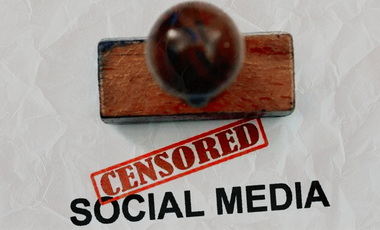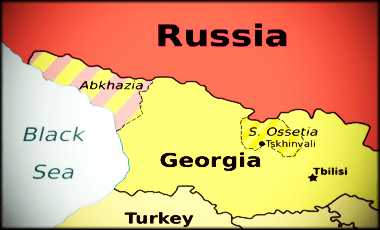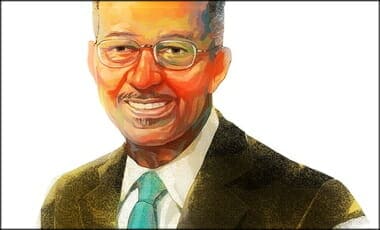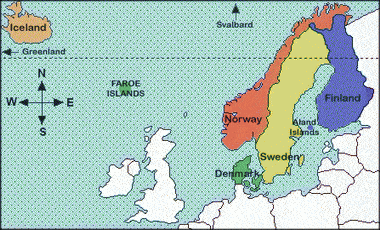The Political Left will get more and more violent.
- The Left is learning they have built a monster; one that will be impossible to appease or placate. The more they surrender, the more emboldened the monster becomes. — Gay patriot [Many years ago]
- Democrats defend illegal alien gang members while trashing Teslas and are shocked their approval is at 29% and sinking faster than Biden’s coherence. — Hot Air
My other thoughts for here is something I have said for quite a while now: “leftism” eats itself. It always has. We have seen socialist groups fight for their agenda to be paramount (thinking of Russian and German historical hegemony that led to many deaths to accomplish this goal… before the end result of the power structure and well-known leaders took power — which caused even more deaths).
Because of the flag issue, already there is talk of the Jefferson Memorial (the founder of the party running around from activist issue-to-issue ~ they do this because they replace the God shaped vacuum with politics)… banning Gone with the Wind (even though a black woman [the first time in our history] won “Best Supporting Actress)… etc.
The hubris of the left can be seen as well in thinking that they [politicians] can control weather (the sun) by legislation. Or changing gender by the stroke of a pen. Pride predates the fall.
[….]
ALL THAT BEING SAID… there is a dangerous aspect to this. As the left eats itself, they have historically looked for scapegoats. Jews and Christians are typically the fall-guy… especially in the 20th and 21st Century.
The left “KNOWS” its goals are well meaning, and so find acknowledgment that they are true and society “NEEDS” them ~ again, based on the “well meaningful’ness.”
“Of all tyrannies, a tyranny exercised for the good of its victims may be the most oppressive. It may be better to live under robber barons than under omnipotent moral busybodies. The robber baron’s cruelty may sometimes sleep, his cupidity may at some point be satiated; but those who torment us for our own good will torment us without end for they do so with the approval of their own conscience. They may be more likely to go to Heaven yet at the same time likelier to make a Hell of earth. Their very kindness stings with intolerable insult. To be ‘cured’ against one’s will and cured of states which we may not regard as disease is to be put on a level of those who have not yet reached the age of reason or those who never will; to be classed with infants, imbeciles, and domestic animals. But to be punished, however severely, because we have deserved it, because ‘ought to have known better,’ is to be treated as a human persons in God’s image.”
C.S. Lewis, God in the Dock (Grand Rapids, MI: W.B. Eerdmans, 2002), 292 (Full text).
So, in the West as these “well-meaning” ideals works themselves out, expect more legal, cultural, and violent expression against those who hold to a historical, conserving theology and expressing this in public life…
Combine moral zealotry with increasingly blurred lines between political speech and violence long enough, and the outcome is predictable.
TRANSCRIPT:
Deny, Defend, Depose: The Murder of Brian Thompson and the Rise of Political Violence
United Healthcare CEO Brian Thompson was shot dead on a New York City sidewalk. Inscribed on three bullets found at the scene: “Deny,” “Defend,” “Depose.” The suspected killer, Luigi Mangione, has since gained a fervent online fanbase. Comedians like Jimmy Kimmel and Bill Burr joked about his looks, while social media influencers hailed him as a symbol of rage against a broken healthcare system.
What fueled this reaction? Mangione, a former valedictorian with a bright future, suffered a devastating back injury and, allegedly, was denied treatment. His manifesto blamed the insurance industry, echoing the themes of Deny, Defend, Depose, a book exposing insurer practices. Many saw his actions as a twisted form of justice, and prominent figures, including former Washington Post and New York Times reporter Taylor Lorenz, justified the public’s lack of empathy for Thompson.
A Growing Divide on Political Violence
Polling reveals a disturbing trend: 41% of Americans under 30 say Thompson’s killing was “acceptable.” More young people view Mangione favorably than unfavorably. Yet, paradoxically, most Americans—particularly those under 30—report being satisfied with their own healthcare. So why has Mangione become a folk hero?
The answer lies in shifting cultural norms around speech and violence. For years, activists have argued that harmful speech is itself a form of violence. Now, the logic extends to institutions: If denying healthcare is violence, then retaliation—even murder—is justified.
This philosophy traces back to the 1960s and Herbert Marcuse’s concept of “repressive tolerance.” Today, it manifests in widespread acceptance of censorship, deplatforming, and even political violence. Nearly half of college students believe it’s acceptable to block or shout down controversial speakers, while a third say violence is a justified response to offensive ideas.
The Truth About Brian Thompson and Luigi Mangione
Lost in the rhetoric is the reality that neither Thompson nor Mangione fit neatly into the roles of hero or villain. Thompson, a father of two, was a self-made executive who oversaw billions in emergency healthcare funding during the pandemic. Mangione, the privileged son of wealthy parents, spent his final months before the murder vacationing in Hawaii. There’s no evidence he was ever denied treatment by United Healthcare; in fact, he received back surgery and advised others online on how to get insurers to cover it.
Despite growing sympathy for political violence, the majority of Americans still reject it. But history shows that a radicalized minority can wreak havoc if left unchecked. The 2020 riots, justified under similar moral arguments, proved how dangerous this mindset can become. Now, some politicians, like Rep. Seth Moulton, are distancing themselves from the activist wing of their party, recognizing that extremism is a losing strategy.
The celebration of Brian Thompson’s murder is a warning sign. If we continue blurring the lines between speech and violence, more tragedies will follow. Political change requires debate—not bullets.






















